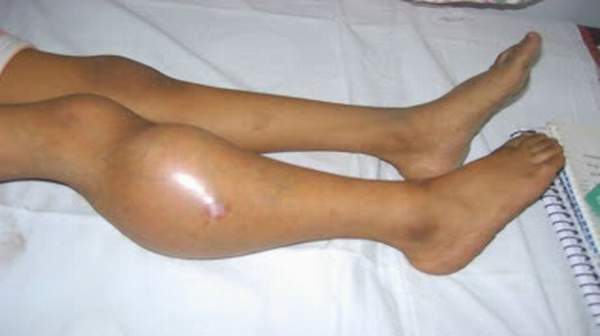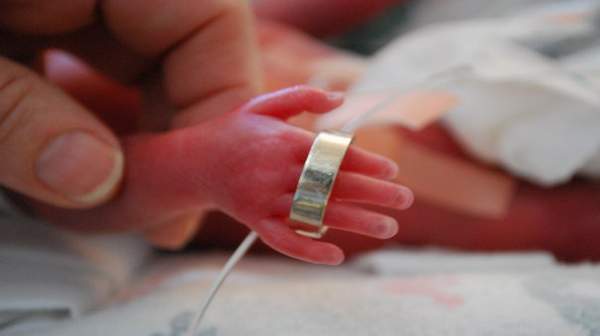What's in this article?
Facts About the Twins
Births of conjoined twins, whose skin and internal organs are fused together, are rare. Conjoined twins occur once every 200,000 live births, and their survival is anything but assured.
Approximately 40 to 60 percent of conjoined twins arrive stillborn, and about 35 percent survive only one day. The overall survival rate of conjoined twins is somewhere between 5 percent and 25 percent.
For some reason, female siblings seem to have a better shot at survival than their male counterparts. Although more male twins conjoin in the womb than female twins, females are three times as likely as males to be born alive. Approximately 70 percent of all conjoined twins are girls.
How They Are Formed
Conjoined twins are genetically identical, and are, therefore, always the same sex. They develop from the same fertilized egg, and they share the same amniotic cavity and placenta.
Twinning occurs one of two ways: either a woman releases two eggs instead of the usual one or she produces only one egg that divides after fertilization. If she releases two eggs, which are fertilized by separate sperm, she has fraternal twins. When a single, fertilized egg divides and separates, she has identical or paternal twins.
In the case of conjoined twins, a woman only produces a single egg, which does not fully separate after fertilization. The developing embryo starts to split into identical twins during the first few weeks after conception, but stops before the process is complete. The partially separated egg develops into a conjoined fetus.
Learning Point
The types of conjoined twinning are usually noted by the union site with the suffix “pagus” attached. Pagus means fixed or solid.
The table below lists the CT types, union site, primary shared structures and the incidence from the International Clearinghouse for Birth Defect Surveillance and Search in 2011.
See also line drawings of different types of CT.
- Thoracopagus
Location: Chest and thorax to umbilicus
Sternum, diaphragm upper abdominal wall, has heart and liver abnormalities
Incidence: 42%
- Parapagus
Location: Ventrolateral fusion of lower abdomen and pelvis, has genitourinary anomalies
Incidence:14.5%
- Omphalopagus
Location: May be same as thoracopagus but has two separate hearts
Incidence:5.5%
- Cephalopagus
Location: Head but not face or foramen magnum, brains are usually separate
Skull, meninges and venous sinuses involved
Incidence:5.5%
- Craniopagus
Location: Head at any location
Incidence:3.4%
- Ischiopagus
Location: Hip from umbilicus to conjoined pelvis
Genitourinary and gastrointestinal tracts often involved
May have different number of legs (i.e. 2, 3 or 4)
Incidence:1.8%
- Rachipagus
Location: Spine with vertebral and neural tube defects
Incidence:1.0%
- Pyopagus
Location: Buttocks with sacrum and coccyx anomalies
Incidence:1.0%
- Parasitic
Location: Incomplete twin attached to other twin at any location
Incidence:3.0%
Type Not Specified
Incidence:21.4%





